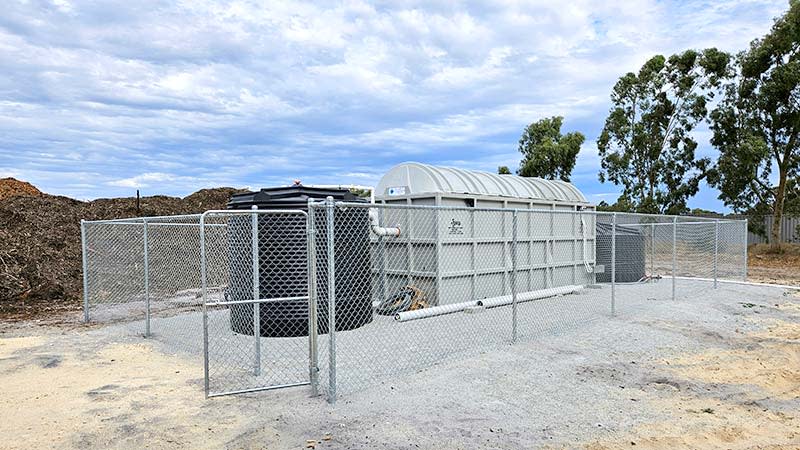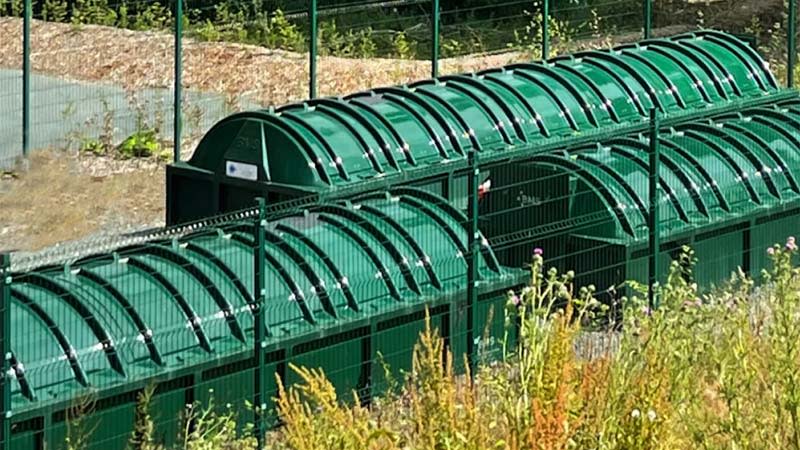Wastewater Solutions Help Developers Bypass Years-Long Delays

Sewer connection delays stretching beyond two years have created a significant bottleneck for residential developments across Australia.
Projects stall before breaking ground. Staged developments cannot progress beyond initial phases.
Developers often watch infrastructure timelines slip from 12 months to 24 months and beyond. And if they want to get started, they’re trapped between two expensive options: daily vacuum truck callouts costing upwards of $2 million annually, or indefinitely postponing construction until water authorities deliver connections that may never arrive on schedule.
It’s quite often a lose-lose situation, but the Nova Process wastewater treatment solution is breaking this deadlock.
Nova Process’ modular biological treatment systems can be installed within weeks, processing sewage onsite and eliminating the need for vacuum trucks.
Developers can gain faster construction approvals, accelerate project delivery and redirect capital towards building homes.
Nova Process project director Kevin Roberts said installations deliver up to 90 per cent cost reductions compared to vacuum truck alternatives over typical 24-month infrastructure delay periods.
Providence Lifestyle’s Henley Brook retirement village in Western Australia was facing infrastructure delays that would have cost more than $3 million in vacuum truck services.
When the developer deployed a rental treatment system it cut costs by 90 per cent and enabled immediate occupation.

Unsurprisingly, Nova Process director Kevin Roberts said it was cost comparison that drove the Henley Brook decision.
“We worked out that, based on processing an initial target of 8000L a day, the vacuum truck would cost them $1.4 million per year,” Roberts said. “And they were going up to 13,000L a day, so that cost would exponentially increase.
“If the project wait time blew out, like what this one did—from months to almost two years—then they were up for $3 million plus a year.”
Installation took a week from equipment arrival to operational status. The rental treatment plant processes 5000L daily with monthly servicing and remote monitoring delivering 95 per cent uptime.
Water can be treated to Class A standard for irrigation, dust suppression or fire services, eliminating land requirements for disposal while providing valuable resource recovery.
Nova Process sources its technology from Irish manufacturer BMS, whose Rotating Biological Contactor systems have operated for more than 40 years across 50 countries.
The passive treatment process draws just 3.45kW—less power than a household air conditioner—and produces minimal noise. Unlike traditional aeration systems, which Roberts said create constant white noise disturbing nearby residents, these units can be installed right next to occupied properties.
Roberts said the business model centres on biological treatment systems that can be installed, operated and relocated as temporary or permanent infrastructure.
Rental terms typically span 12 to 24 months, with longer commitments reducing monthly costs. Purchase pricing is available based on specification, and rental arrangements are fixed monthly.
Rent-to-own structures spread the capital expense across 36 months. The equipment carries a 25-year design life and can be relocated between projects.

Roberts said the rental model makes economic sense when infrastructure delays extend beyond six months.
If a connection is genuinely only months away with firm dates, the company typically advises waiting. If it’s 12 months or more, and often longer in practice, a rental plant can be the pragmatic bridge.
Regulatory approval requires application through local government for installation, followed by Department of Health review.
“We can support permit applications, ongoing monitoring through telemetry systems and Department of Health licensing on behalf of developers, with remote telemetry providing full site visibility,” Roberts said.
Modular design can allow for scaling as developments progress through stages. Single units accommodate 50 to 270 people. Multiple units can be configured in parallel for larger populations. The largest installation to date serves a 600-person mining camp.
The solution can also address capacity constraints in regional townships. Satellite treatment systems can service new subdivisions without requiring expensive upgrades to centralised infrastructure, with costs a fraction of the $50 million quotes some councils face for treatment plant replacement.
The housing crisis has intensified demand for solutions that eliminate infrastructure dependencies, Roberts said.
“We want developers to know that there is a solution,” Roberts said. “One that gets shovels in the ground while permanent connections catch up.”
The Urban Developer is proud to partner with Nova Process to deliver this article to you. In doing so, we can continue to publish our daily news, information, insights and opinion to you, our valued readers.
















